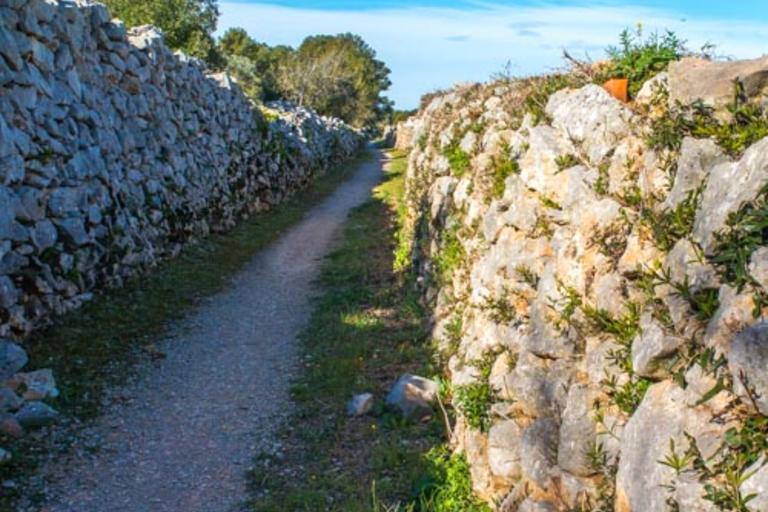
Introduction
The Council of l’Escala has restored this old route, which, interestingly, is the boundary between the regions of the Baix and Alt Empordà, and has rebuilt dry-stone walls on both sides of it.
The historical and biological importance of dry-stone walls is undeniable. They are evidence of a recent agricultural past and a practice of making maximum use of the land, which was present in much of Catalonia until the middle of the twentieth century.
These dry-stone walls are also important for the ecosystem, given the living beings that grow in them. The most characteristic ones of these dry-stone walls are lichens, mosses and ferns such as rustyback. The presence of a wide variety of insects is also worth noting. These were very important for controlling infestations and pollinating crops. In addition, owing to the heat the dry stone retains, these walls are very useful for many reptiles, such as the ocellated lizard and the Iberian wall lizard.